Relief from an Alternative
Bigger Audiences and Recorded Experiences
Younggyun Heo
CEO of One Degree Celsius, publishing company specializing in the performing arts
‘Isn’t it too late?’
I felt that it was already late and that it had become a thing of the past. That feeling came so early. The project I’m going to mention in this article was finished (for now) only four months ago. However, I was so reluctant to mention it again. What the coronavirus has taught us isn’t just a new sense of distance. It has also gained control over our space, thus disassembling our time interwoven with space. Time feels so transient when space is not guaranteed. Covid-19 has led me to understand what “contemporariness” means and to let go of it.
The recent period of over ten months has asked me so many questions about the performing arts. In most cases, I asked such questions myself and I answered them myself. The essence, inclinations and methodologies of the performing arts sometimes sided with questions and sometimes, with answers. In short, those questions would be “Why would you do that?” or “How are going to do that?” Most of us would replace our answers with our willing to “do” something. In that process, the performing arts meet a relief pitcher called “video.”
I will now write about “performing arts video as a new genre.” In this context, I will mention ’Performance for price: Cleanroom’("Cleanroom"), which took place at Samil-ro Changgo Theater in May and June 2020. I would like to mention this project because it is (probably) one of the first active attempts of “online live performances” and it made use of the unfavorable conditions caused by Covid-19 as a prerequisite.
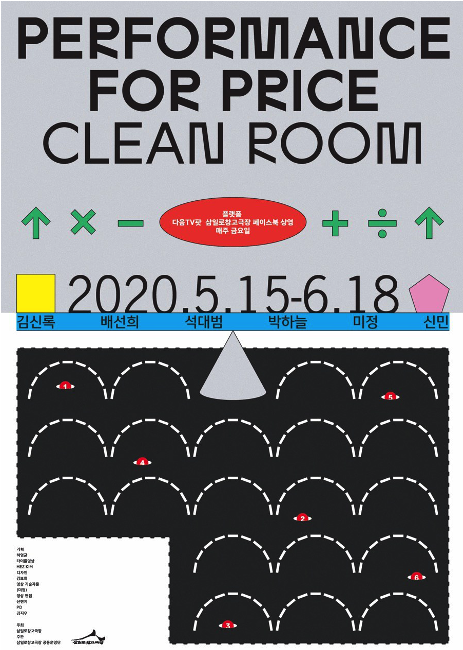
Poster of ’Performance for price: Cleanroom’ ©Samil-ro Changgo Theater
"Cleanroom" is Samil-ro Changgo Theater’s empty space which used to be an office. For a week, the space turned into a workshop for one person. Except the artist, nobody could go inside the room. The theater’s staff and partners weren’t allowed to enter the space. Each of the project’s six participants is a “one-person creative group.” These artists mostly work alone. “Performance for Price” is a rough translation of a Korean word meaning “cost-effectiveness.” Indeed, the project’s overall intention was to question the cost-effectiveness of the performing arts. Within the week-long period, the artists made a performance in the limited space. After that, they performed online on YouTube and Facebook. The performance was presented in real time and as the curtain came down,1) the video also disappeared.
Unlike performance videos and live performances that have been shared from the perspective of audiences seated in theaters, producers of "Cleanroom" didn’t plan to meet people in a theater at all. Instead, they chose YouTube and Facebook live channels as their venues. As the performers started their project by expecting their audience to sit before a monitor, not in a theater, they had to prepare a stage by considering the changed distance between the audience and them and the audience’s viewing experience. They also had to understand that the audience wouldn’t see any vanishing point while looking at the whole stage. This also means that the performers are now able to suggest or limit what the audience see, much more actively.
Then what about the audience? In a space that is not a physical theater, the audience have a greater say. They don’t face any restriction on entry even if they are late for the performance. During the performance, they could yawn, talk to someone next to them, eat or react to the performance more freely. They could also stop the performance for a moment or finish it early. They sometimes have a chance to share their response and feedback in real time and some performers accept such feedback immediately. While the performer has a greater say in creation, the audience has a greater say in viewing. A “greater” say.
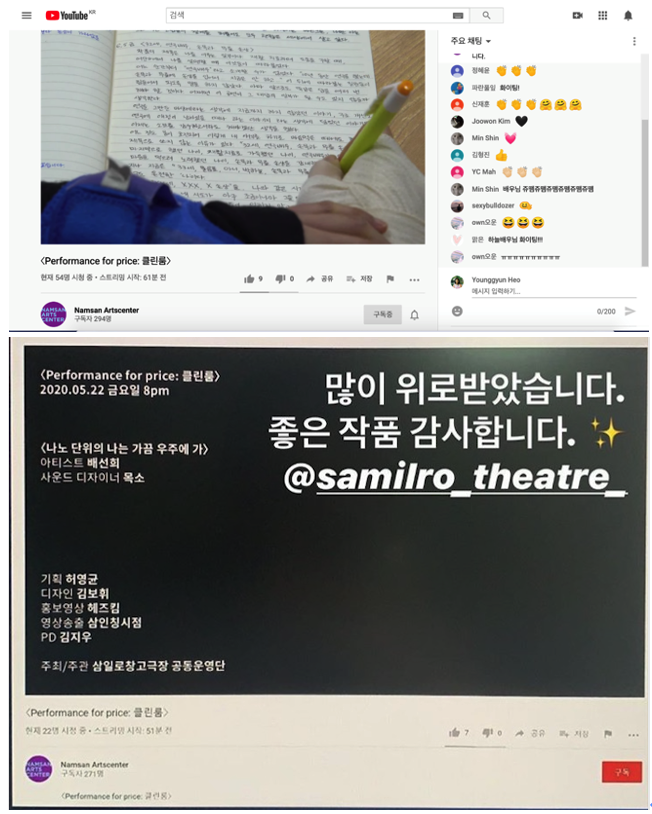
The Audience’s Comments and Reponses during ’Performance for Price: Cleanroom’ ©Samil-ro Changgo Theater
Korea’s nationwide enforcement of social distancing measures has led multi-purpose facilities (including theaters) and public arts institutions to suspend their activities. This has resulted in artists’ limited activities and theaters’ decision to close. Under these circumstances, it would be difficult to think of new ways to meet audiences other than sharing videos. I believe that video is a great alternative and that it would soon go beyond just being an alternative, just because it has asked us so many questions about the performing arts. Elements we have regarded as the essence and characteristics of the performing arts are actually the field’s positive functions rather than its characteristics. The essence and characteristics of something could always change depending on technologies, circumstances and perspectives. These are issues we have raised and newly understood on the occasion of discussions about the performing arts and videos.
A video as a performance space, not as a way to present a performance. A video as a means to establish the distance and relationship between the performer and the audience. A video as a concept of viewing… Thinking about these ideas makes me so busy. I believe that it is (for) now a little less important for us to discuss video production of the performing arts as an alternative or to approach performance video as a new genre of the performing arts. I also keep putting off elaborating on the interaction or link between the performing arts and videos and on the question of whether performing arts videos are performances or not. While doing so, I add “already” to every sentence.
We are having our first discussions about this matter. Performance videos that continue to be produced even at this very moment will soon become the first models. Let us remember that while the coronavirus has deprived us of our physical experiences, it has helped us have experiences of recording. The year 2020 will obviously be a year of great records. We will soon have creators performing only through videos and audiences only watching performance videos. (Those people may form a vast majority.) Audiences will have more and more power. As long as powerful audiences exist, performances will be conserved for a long time. So I will support video production of the performing arts one way or another.
(CEO of One Degree Celsius, publishing company specializing in the performing arts)
Younggyun Heo studied literature and the performing arts. After producing plays and dance performances and writing about these genres, he started planning performances. Regarding all performance-based, creative activities as part of the performing arts, he plans and runs publishing, performing arts and video projects. y0ung9yun@gmail.com
1)“The curtain falls down.” This expression really belongs to the performing arts! Even in a video, the performing arts are alive, as long as the audience’s trained bodies and the performance’s promised experience require the nature of the performing arts.








 PREV
PREV
.jpg)
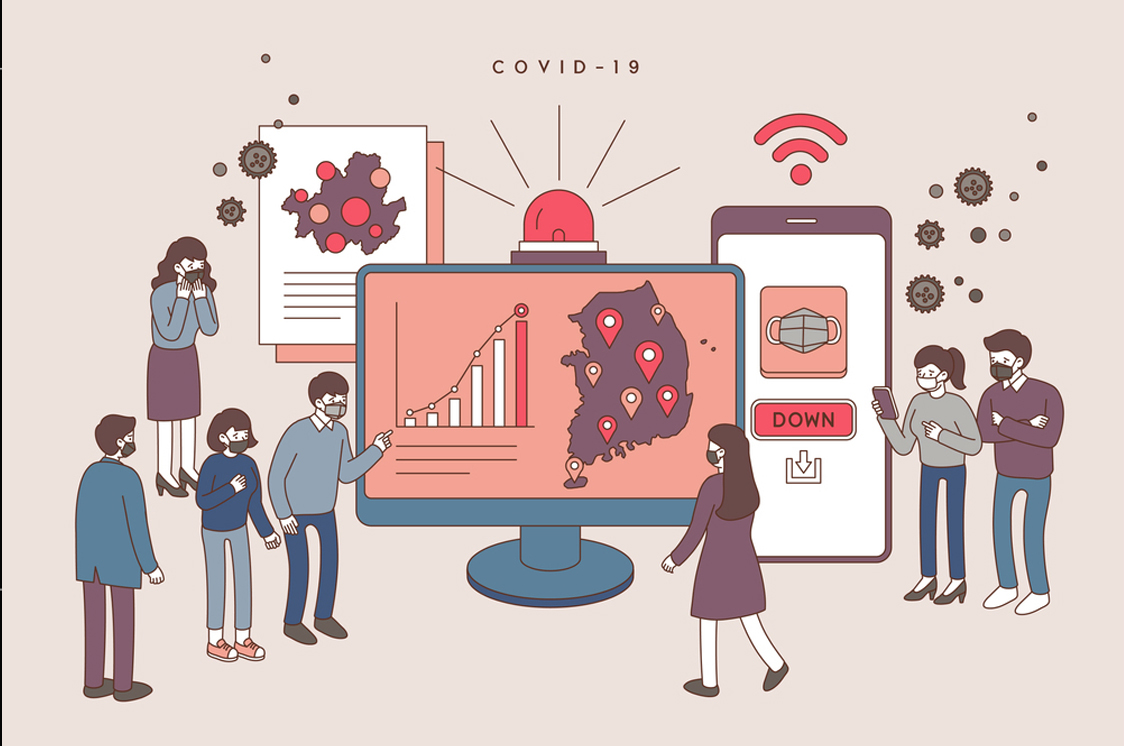
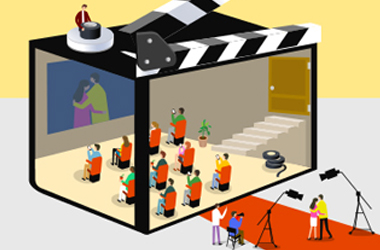
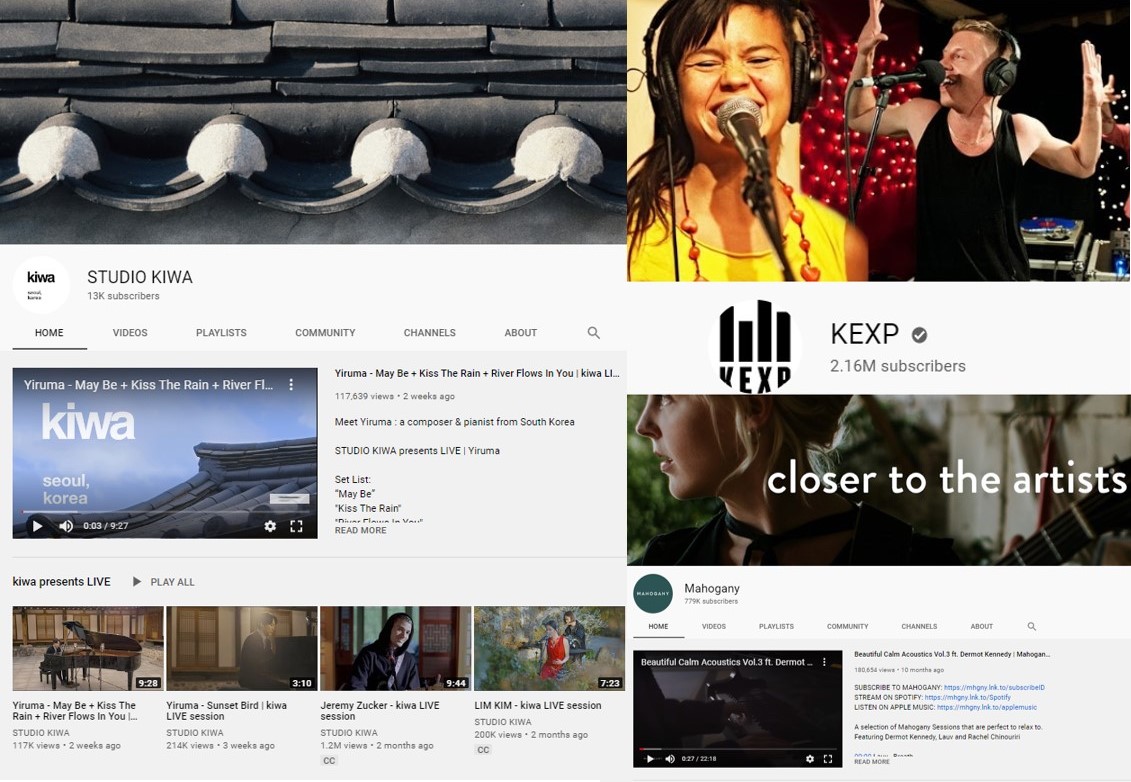
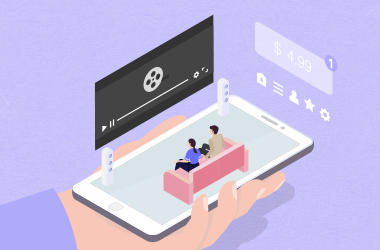
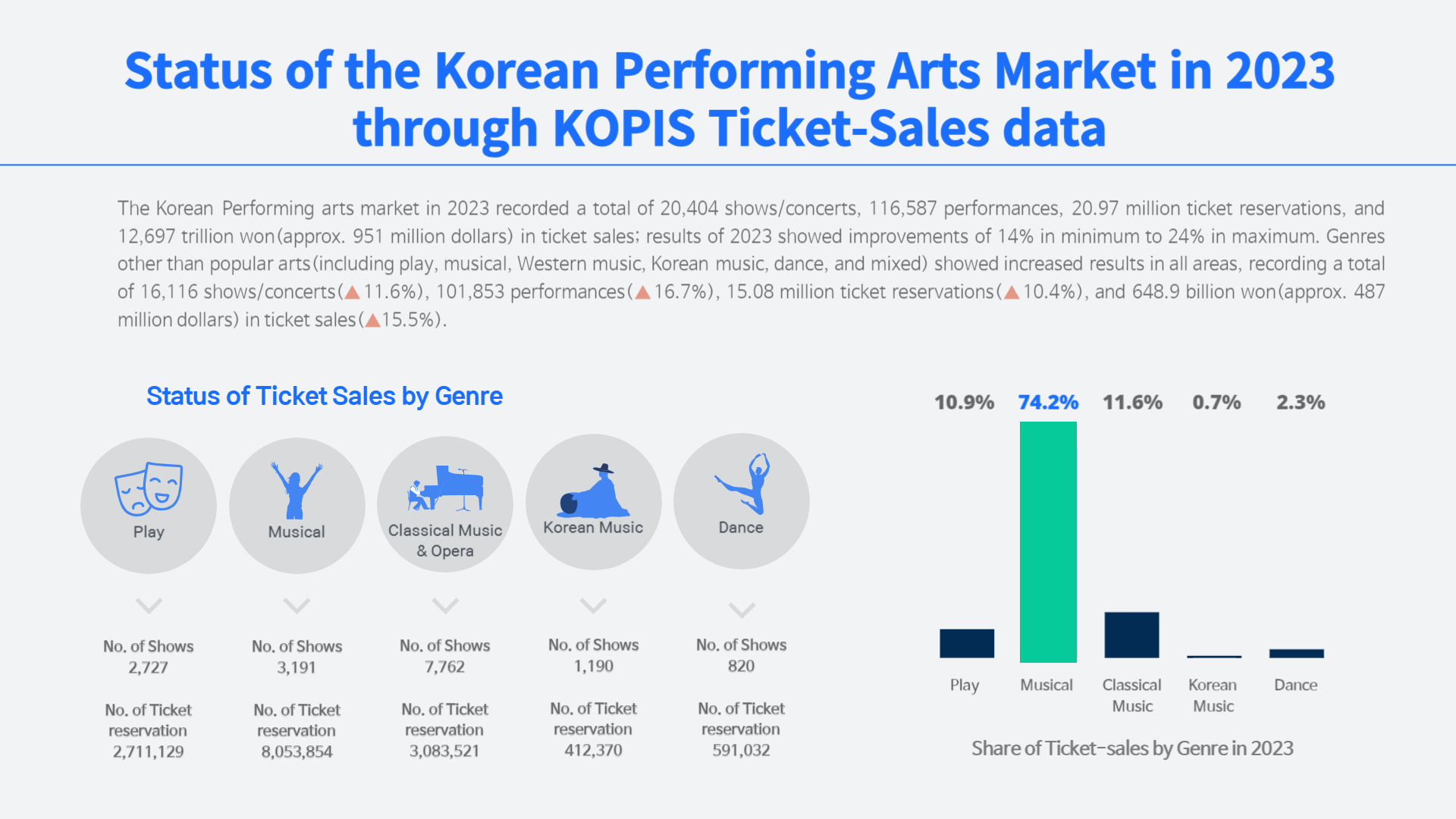
.jpg)
.jpg)
.jpg)
.jpg)











